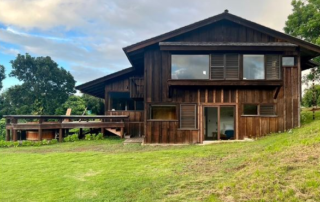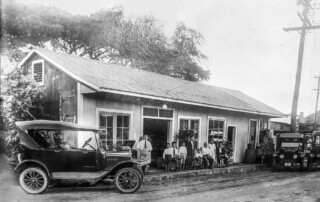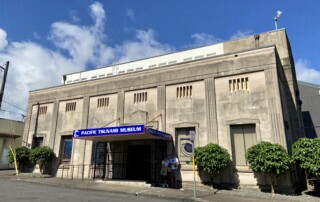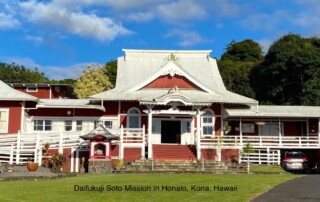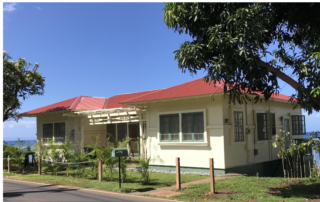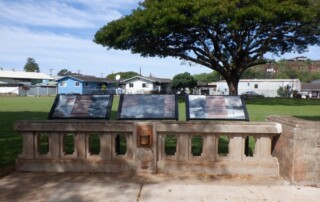Sixteen Properties Added to the Hawai‘i Register of Historic Places
The Hawai‘i Historic Places Review Board added sixteen properties to the Hawai‘i Register of Historic Places in March, May and August 2023. Learn more about their history, characteristics and significance. Properties are eligible for inclusion in the register if they meet one or more criteria of historic significance: A) association with broad patterns or events; B) associations with historic individuals; C) architecture and design; or D) likely to yield important information. Allison-Kang Residence, O‘ahu The wooden, two and a half story Allison-Kang residence is was constructed in 1929. Built by Charles Ingvorsen, the house has been in the Kang family since 1951. The house is tall, asymmetrical and shaped to fit a narrow lot. It references Colonial Revival style through its asymmetrical façade, steep, high-pitched, gabled roofs, double-hung windows, and a dormer. The house is significant under Criterion A as part of an early Honolulu subdivision historically known as Diamond Head Terrace; under Criterion B as the abode of significant members of the Honolulu community; under Criterion C, for its distinctive architecture as a well-designed residence of its period. View the nomination. Kazuo and Mary Yamane Residence, O‘ahu The Kazuo and Mary Yamane residence is a two-story house originally constructed in 1911 for H. Stewart Johnson, the Honolulu city engineer at the time. After being purchased by Kazuo and Mary Yamane in 1958, it was heavily redesigned in 1960 by Honolulu architect Ernest Hara. The house sits on a lava rock and post and pier foundation. The wall of the façade is of raked concrete, horizontal lap siding and vertical tongue and groove, while the rear and side walls are of clapboard. Such elements as the shoji, demado and rankan, the [...]


